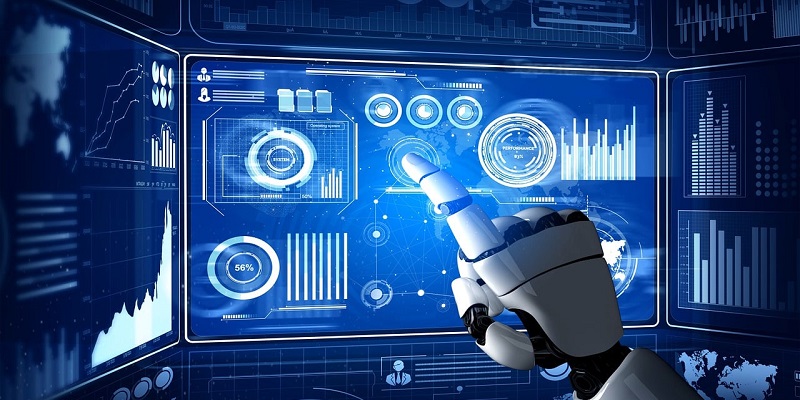Artificial General Intelligence (AGI) marks a significant milestone in the field of Artificial Intelligence (AI). Unlike Limited Language Models (LLMs), AGI possesses cognitive abilities akin to human beings, granting it the capacity to perform any intellectual task a human can. In this article, we will delve into the characteristics, capabilities, and comparisons of two notable AGI systems: AutoGPT and Baby AGI.
Characteristics of AGI
AGI exhibits a range of characteristics that differentiate it from LLMs. Firstly, AGI has the ability to reason about the world, enabling it to understand complex situations and draw logical conclusions. In addition, AGI possesses decision-making abilities, allowing it to make informed choices based on the information at hand. AGI goes a step further by understanding emotions, making it capable of perceiving and empathizing with human sentiments. Lastly, AGI showcases creativity, enabling it to generate novel and imaginative ideas, just like human beings.
AutoGPT: A Powerful AI Agent
AutoGPT is an exemplary manifestation of AGI, offering a myriad of impressive capabilities. This AI agent can generate fully-fledged websites, making it an invaluable tool for web development. Moreover, AutoGPT excels at creating engaging presentations, easing the burden on individuals who require compelling visual aids. Notably, AutoGPT can perform various tasks using self-prompting, demonstrating versatility and adaptability.
Baby AGI: A Task Management System
Baby AGI is a task management system that incorporates advanced technologies such as GPT-4, Langchain, and vector DBs. Together, these components ensure complex decision-making capacity. By leveraging GPT-4’s powerful language processing capabilities, Baby AGI can comprehend and analyze vast amounts of information. Langchain facilitates the seamless integration of different language models, optimizing performance. Vector DBs enable intelligent data retrieval and storage, contributing to effective decision-making.
Comparison between AutoGPT and Baby AGI
AutoGPT is particularly suited for content generation, utilizing its language generation capabilities to produce high-quality written material. On the other hand, Baby AGI shines when it comes to applications requiring complex decision-making. By employing advanced components and techniques, Baby AGI offers robust solutions to intricate problems.
Execution and Result Storage Capabilities
AutoGPT excels in executing tasks by systematically breaking them down into manageable subtasks. It saves the results of each subtask, ensuring a comprehensive and organized approach. In contrast, Baby AGI may fall into a loop of continuously creating subtasks without a termination condition. Consequently, it only logs results instead of storing them for future reference.
The use of AutoGPT and Baby AGI
Both AutoGPT and Baby AGI can be utilized by running their respective scripts locally. However, it is crucial to note that Baby AGI lacks a result storage mechanism. As a result, users must devise alternative methods for tracking and managing outcomes.
AGI represents a hypothetical concept that envisions AI systems possessing cognitive abilities equivalent to humans. While LLMs lack essential characteristics like reasoning, decision-making, understanding emotions, and creativity, AGI transcends these limitations. AutoGPT and Baby AGI exemplify the progress made towards achieving AGI, with AutoGPT excelling in content generation and Baby AGI offering sophisticated solutions to complex problems. As technology continues to advance, it is exciting to speculate on how AGI will revolutionize various industries and human-machine interactions.

